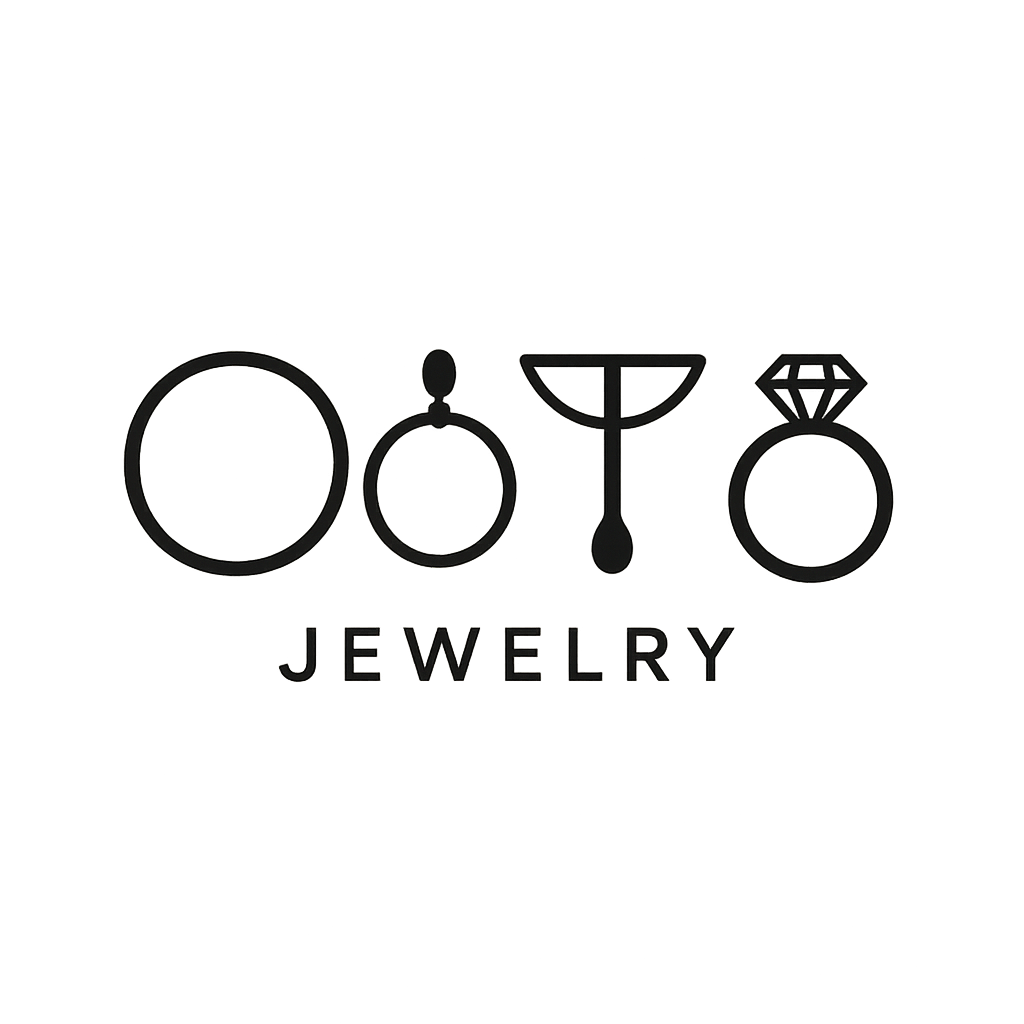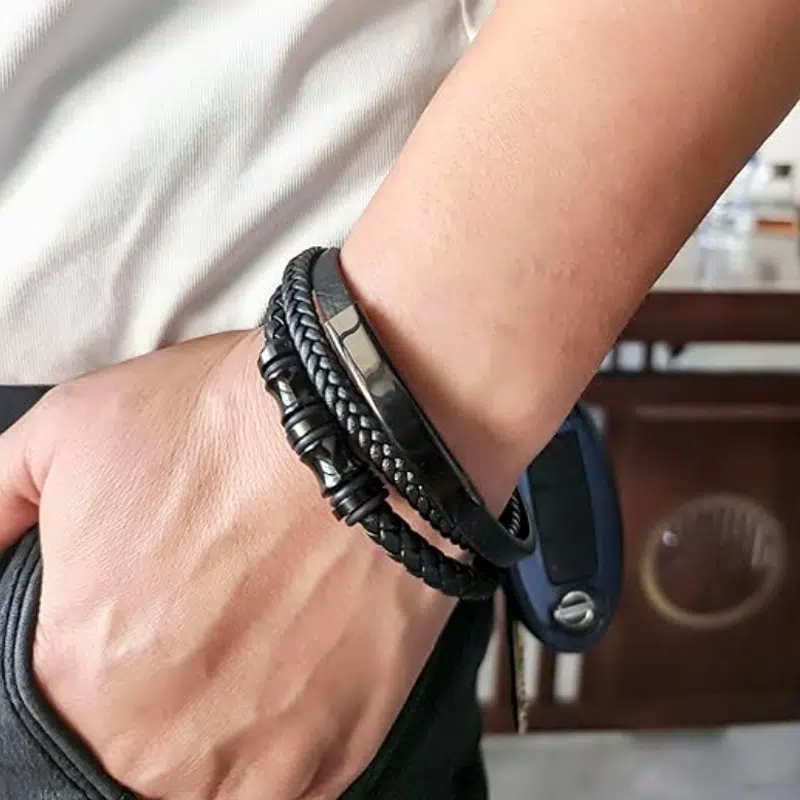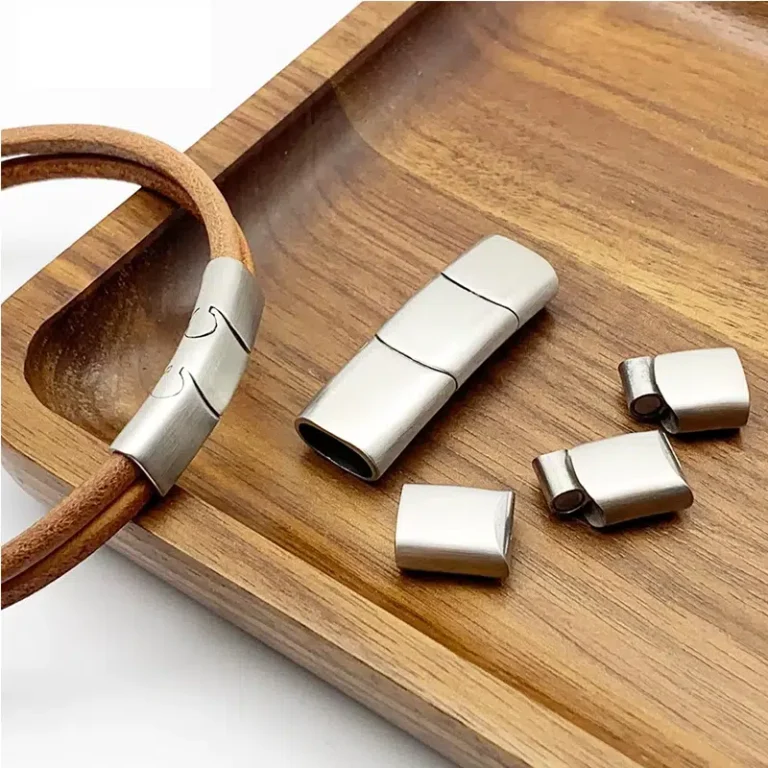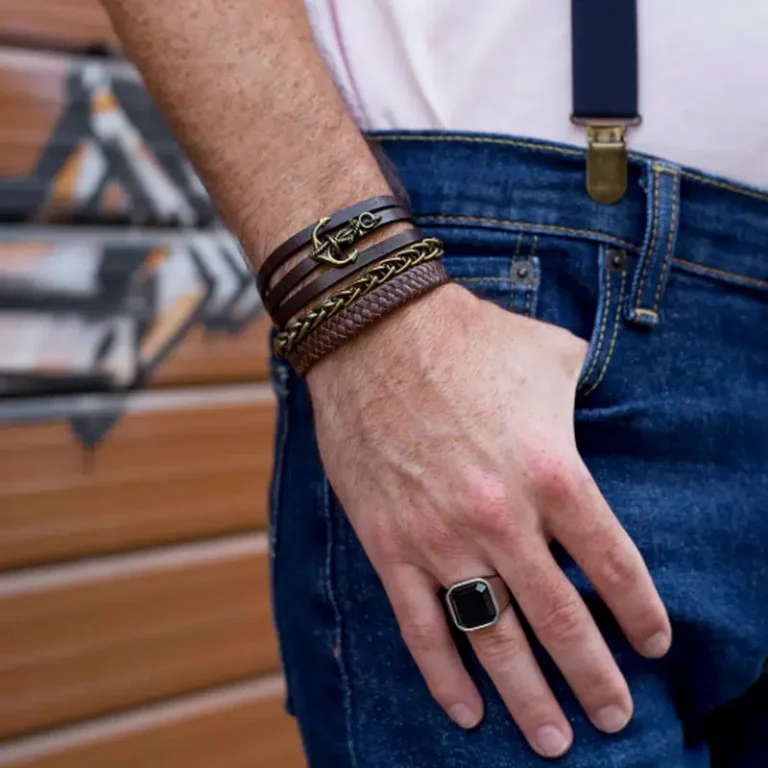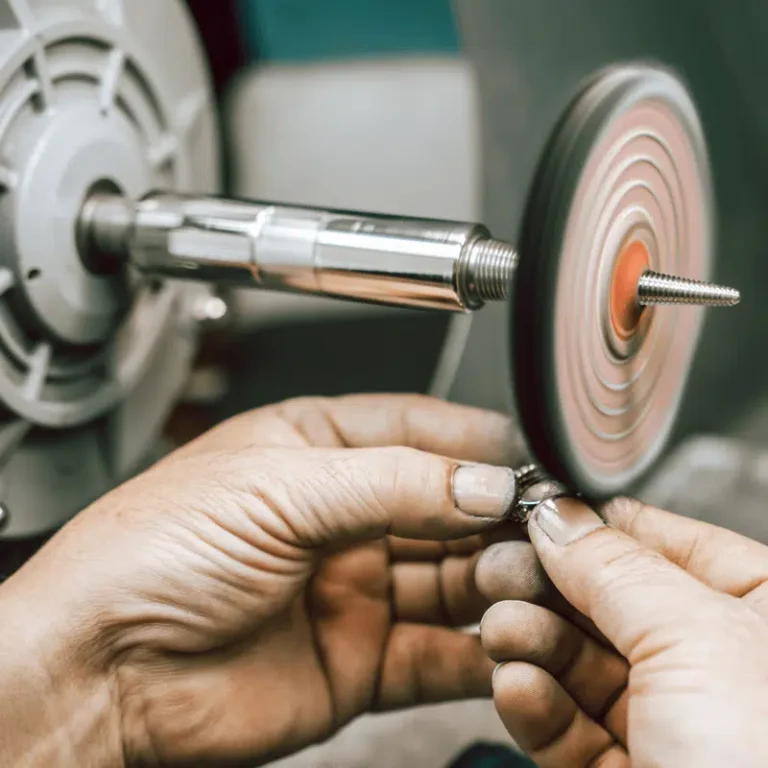Introduction
It will be a great harm to your business if you order the wrong bracelet for your market, as your customers will not be able to get their small bracelet on, and the large bracelet will always be falling off.
In this guide, you will be told the standard bracelet size chart for men and women so that you can correctly buy bracelets of the right size every time. You will also learn the correct way of measuring your wrist, how to read the standard size chart of bracelets, and size hints for special styles like bangles and cuffs.
Why the Perfect Fit Matters
The Comfort Factor
Finding the ideal length of a bracelet is easy when you know what the three kinds of fit are. The average length of a bracelet is often found to lie in the Comfort range because it suits the majority of people. Here are the three different sorts of fit in a bracelet:
Here are the three ways a bracelet can fit:
- Snug: Snug fits very close to the skin. It works best on thinner bracelets like simple silver bracelets or a leather bracelet. A snug fit keeps the bracelet from rotating around the arm very much.
- Comfort: This is the most popular fit. It allows a little movement of the bracelet but not so much that the bracelet swings around too much. This is the type of fit that is used for most everyday type jewelry like a standard chain or beaded type design.
- Loose: Loose fits farther down the arm toward the hand. Charm bracelets are loose so that they can move freely while being added to by more charms. This makes the bracelet a fun and informal feeling piece of jewelry.
Expert Advice: You decide how tight should a bracelet fit according to what the jewel is for. If it is a delicate jewel, a snug, tight fit gives the jewel protection. If it is a heavy jewel, a comfort fit is necessary to prevent chafing.
The Style Factor
The fit of your bracelet makes a difference in the way it looks, especially when stacking bracelets; the fit is of paramount importance. Too many loose pieces will roll around. Too many tight ones can be restrictive. A well-fitted size of bracelet makes the entire look and appearance more effective and appealing.
Step-by-Step: How to Measure Your Wrist (The Foundation)
Tools Needed
For this work you need but two simple implements:
- A flexible tailor’s tape.
- OR a narrow strip of paper or a piece of string plus a ruler. A ruler measuring in inches or centimeters (metric) is usable.
Finding the Spot
Your bracelet should naturally rest below the wrist bone in this spot, slightly closer to your hand. You should put your tape measure or paper right on this area. Be sure that your measuring tool lies flat against your skin.
The Snug Measurement (Base Size)
This step gives you the number that we need to start.
- Take your measuring device (tape or paper/string) and wrap it around your wrist where you found it.
- Pull it tight on your skin, but do not squeeze or press hard.
- Mark the place on the paper or string where the end overlaps the rest.
- Remove your measuring device and lay the marked paper or string flat beside a ruler. This number is your base wrist size.
Or you can print a wrist measuring tool from jeweledlullaby, it will be easier to determine the size.
Pro Tip
Your wrist size changes slightly during the day. It usually swells just a bit with heat or around the end of the day. So, test them at night; this makes sure that the bracelet is comfortable, as your wrist is largest at this time. And always measure twice to make sure you have the right number.
The Universal Bracelet Size Chart & Allowance
You have your base measurement now. That number now is not the size of the bracelet that you get. You must allow a little extra.
Defining “Bracelet Allowance”
The final length of a bracelet is not the same as your wrist measurement. The difference in size is what we call the “bracelet allowance.” This allowance gives you the necessary slack for two things:
- Room for the clasp to close.
- There must be room for comfortable movement of the arm.
This allowance gives us all the necessary information we need for determining what is the length of a bracelet for a given wrist size.
Bracelet Allowance Guide (The Formula)
Use the table below to add the right amount based on the fit you want:
| Desired Fit | Addition (Inches) | Addition (Centimeters) |
| Snug Fit | Add 0.25 to 0.5 inches | Add 0.6 to 1.2 cm |
| Comfort Fit | Add 0.75 to 1.0 inches | Add 1.9 to 2.5 cm |
| Loose Fit | Add 1.0 to 1.25 inches | Add 2.5 to 3.2 cm |
Standard Sizing Chart
This bracelet size chart uses essential wrist measurements and the allowance to determine the desired measurement.
Typically, the average wrist size of men is in the L or XL categories and women’s sizes are in the S or M categories.
| Wrist Measurement (in/cm) | Standard Size | Recommended Bracelet Length (in/cm) |
| 5.5–6.0 in / 14.0–15.2 cm | Small (S) | 6.5–7.0 in / 16.5–17.8 cm |
| 6.0–6.5 in / 15.2–16.5 cm | Medium (M) | 7.0–7.5 in / 17.8–19.0 cm |
| 6.5–7.0 in / 16.5–17.8 cm | Large (L) | 7.5–8.0 in / 19.0–20.3 cm |
| 7.0–7.5 in / 17.8–19.0 cm | X-Large (XL) | 8.0–8.5 in / 20.3–21.6 cm |
Sizing for Specific Bracelet Styles (The Nuances)
Different types of bracelets will require different kinds of measuring methods. Some special types call for a different measuring approach.
Bangle Bracelets (Rigid)
Bangles are solid, round bracelets that come with no opening. You can only get them on by sliding them over the hand. This means that it will be your hand, instead of your wrist, that has to be measured.
- It will be necessary to put the thumb inside the palm of the hand exactly as if you were putting on the bangle,
- And then with a measuring tape or a bit of string, which you measure afterward, wrap it around the biggest part of the hand (the knuckles)
- This will give you the minimum internal diameter of the bangle.
Cuff Bracelets (Open)
Cuff bracelets are stiff, but they have an opening on the back side. The opening is a built-in allowance.
- Measure your wrist snugly, as in manner number one.
- Only add a very little allowance (about 0.25 of an inch).
- The gap at the back of the cuff provides the remaining space necessary for comfortable movement.
Beaded/Bulky Bracelets
Thicker material, like heavy beads or large leather straps, takes up room inside the bracelet.
- They make the internal diameter smaller than the measured length.
- For these things, it may be necessary to add from 1/8 to 1/4 inch to your comfort fit allowance. This helps to keep a beaded leather bracelet from feeling too tight.
Shamballa Bracelet
The Shambhalla bracelets are different. They are made from a macrame string braid and have many stones or beads. The main difference is the adjustable sliding knot, which allows you to release or tighten the bracelet quickly. The size is more forgiving because of the knot.
Conclusion
Understanding the correct bracelet size chart, knowledge, and measurement are the keys to success. Not only can you order the correct bracelet size for your marketplace, but you can also train your client on how to be professional for wearing it.
We are OOTB, a reliable China jewelry manufacturer with over 10 years of export experience. If you need wholesale orders or a specific custom size of bracelet, please contact us.

